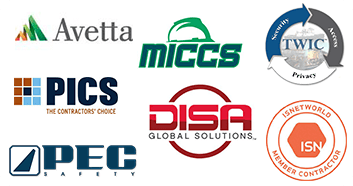Cooling Tower Services
When it comes to cooling tower services, we believe that having a cooling tower specialist that can cover all your cooling tower needs is the best option. That’s why we work so hard to offer a full range of cooling tower services.
We offer four basic types of cooling tower services that cover almost any cooling tower need.
Cooling tower construction: One of the key cooling tower services offered is new cooling tower construction. Inherent in this service is the design, engineering, manufacturing, construction and service for new cooling tower projects. Our new tower construction services are versatile and can meet any need because Midwest can handle design and construction of counterflow, crossflow, and ethanol cooling towers.
Repair and emergency: Repair and emergency services are essential for any time when a cooling tower is offline, for whatever reason. Down time means costly delays so access to swift emergency repair services is a must.
Reconstruction and upgrades: At the heart of the services we offer is our reconstruction and upgrade cooling tower services. Experienced engineers and design staff can create cost effective solutions for even the most challenging cooling tower design.
Maintenance and support: Prevention and maintenance are the best way to avoid the costly delays of downtown or the large scale changes brought on by reconstruction. Proper support and maintenance can increase thermal performance, reduce unplanned maintenance and emergency shutdowns, and reduce overall maintenance costs.
We also offer cooling tower thermal performance testing, cooling tower inspections, cooling tower optimization and upgrades and even temporary cooling towers. These cooling tower services cover everything from new construction to support for existing towers, and everything in-between.






